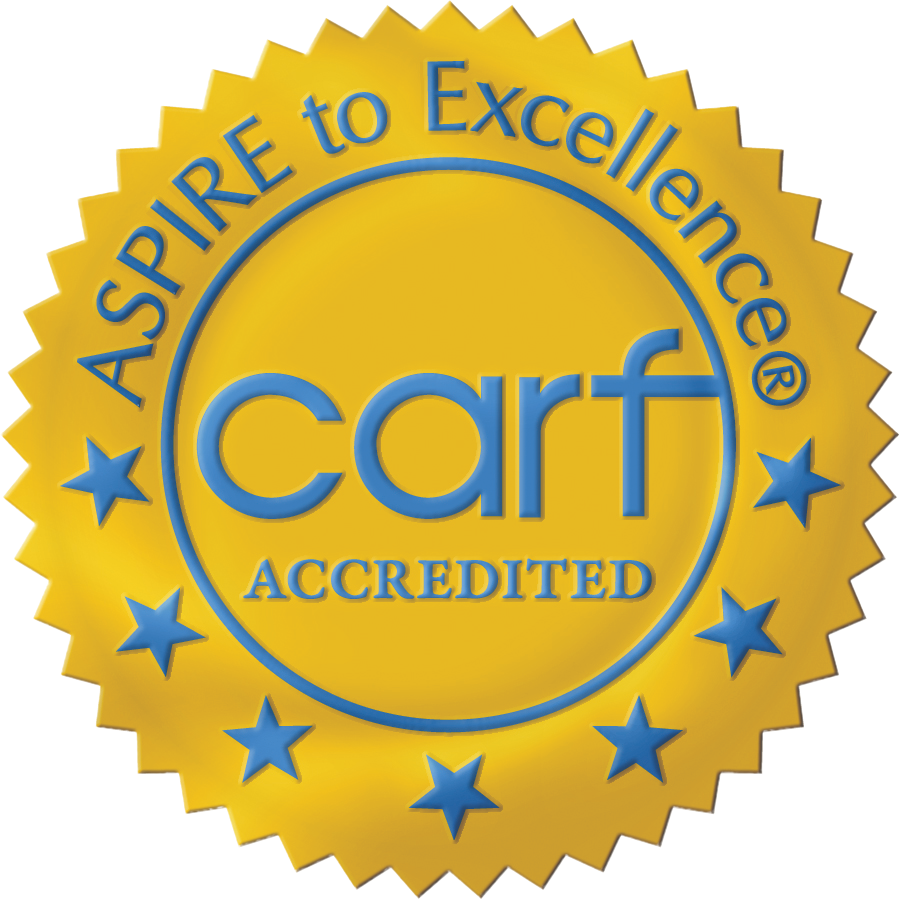Table of Contents
Muscle relaxers are widely prescribed medications that provide significant relief for patients suffering from muscle spasms, pain, and various musculoskeletal conditions. While they are invaluable in treating acute discomfort and enhancing quality of life, their potential for misuse and addiction poses a serious health concern. It’s crucial for both patients and healthcare providers to recognize that despite their medical benefits, muscle relaxers can lead to dependency if not managed correctly. If you or a loved one is struggling with muscle relaxer misuse, don’t hesitate to reach out to Crestone Wellness. Our expert team is here to support you on your journey to recovery and help you regain control over your life.
What Are Muscle Relaxers?
Muscle relaxers, or muscle relaxants, are medications designed to alleviate muscle spasms and pain by acting on the central nervous system. They are typically used in the treatment of acute, painful conditions such as backaches, neck pain, and other musculoskeletal injuries. These medications work by causing the muscles to relax, which helps to alleviate pain and improve mobility. Common muscle relaxers include drugs like cyclobenzaprine, carisoprodol, and methocarbamol, each with specific indications, mechanisms of action, and potential side effects.
The Most Common Muscle Relaxers
Muscle relaxers, also known as muscle relaxants, are a diverse group of medications commonly prescribed to alleviate muscle spasms, pain, and hyperreflexia. Here’s an overview of some of the most frequently prescribed muscle relaxers, each with its own specific uses and potential side effects.
- Cyclobenzaprine (Flexeril): Cyclobenzaprine, also known as Flexeril is perhaps the most common prescription muscle relaxer for muscle spasms. It works by blocking nerve impulses (or pain sensations) that are sent to your brain. Cyclobenzaprine is recommended for short-term use, typically not more than two to three weeks, due to its effectiveness in the early stages of muscle injury and the risk of side effects if used longer.
- Carisoprodol (Soma): Carisoprodol is another widely used muscle relaxant that acts on the central nervous system to relax muscles. It is typically prescribed for temporary relief of acute muscle pain and discomfort. However, due to its potential for misuse and dependency, its use is generally recommended for short periods of no longer than three weeks.
- Methocarbamol (Robaxin): Methocarbamol, commonly called Robaxin, is used to treat muscle spasms/pain. It is believed to work by slowing down the central nervous system and providing sedative effects, thus allowing for the relaxation of muscles. Methocarbamol is less sedating than some other muscle relaxants, making it a preferred option for individuals who need to maintain alertness.
- Baclofen: Baclofen is primarily used for muscle spasticity associated with conditions like multiple sclerosis and spinal cord injuries. It acts on the GABA receptors in the brain and spinal cord to produce a muscle-relaxing effect. Long-term use of baclofen is common, especially in managing chronic conditions, but it requires careful monitoring due to potential side effects, including muscle weakness and fatigue.
- Diazepam (Valium): Although primarily known as an anti-anxiety medication, diazepam also serves as an effective muscle relaxer due to its sedative properties. It is used to treat muscle spasms from injury, inflammation, or nerve disorders. Diazepam is potent and can be habit-forming, so it is usually prescribed for short-term use under strict medical supervision.
- Tizanidine (Zanaflex): Tizanidine is used to treat muscle spasms caused by certain conditions such as multiple sclerosis or spinal injury. It works by slowing action in the nervous system to allow for muscle relaxation. The drug has a quick onset and a relatively short duration of effect, necessitating multiple doses throughout the day.
- Chlorzoxazone (Parafon Forte DSC): Chlorzoxazone is used to relieve pain and stiffness caused by muscle strains and sprains. It works by inhibiting reflexes in the spine to induce muscle relaxation. Side effects can include dizziness, headache, and gastrointestinal discomfort.
- Orphenadrine: Orphenadrine is another effective muscle relaxant for the treatment of muscle spasms and pain associated with acute musculoskeletal conditions. It has additional anticholinergic properties that may help reduce pain caused by muscle injuries.
Each of these muscle relaxers has its specific indications, mechanisms of action, and potential side effects. It’s important for both patients and healthcare providers to consider these factors when choosing the most appropriate muscle relaxer for a particular condition. Always consult with a healthcare provider for a diagnosis and appropriate treatment plan tailored to individual health needs.
The Risk of Addiction
Muscle relaxers, while effective for managing acute pain and muscle spasms, carry a significant risk of addiction. This risk stems primarily from their impact on the central nervous system and their potential to cause euphoria or sedation, making them susceptible to misuse. Understanding the mechanisms through which these drugs affect the body can provide insight into their addictive potential.
Muscle relaxers generally work by depressing the central nervous system, leading to diminished excitability of the nerves that cause muscle spasms. While this provides much-needed relief from pain and discomfort, it also alters brain chemistry. Specifically, some muscle relaxers can increase the level of neurotransmitters that promote feelings of calm and well-being, such as gamma-aminobutyric acid (GABA). This effect can be psychologically reinforcing, encouraging repeated use to recreate these feelings, which can quickly lead to physical dependence and psychological addiction.
Factors Contributing to Addiction
Several factors can increase the likelihood of developing an addiction to muscle relaxers. These can be broadly categorized into drug-specific factors, individual vulnerabilities, and environmental influences:
Drug-Specific Factors
- Potency and Mode of Action: Muscle relaxers that have a strong sedative effect or those that act directly on the brain’s chemical balance tend to have a higher addictive potential. For example, drugs like diazepam not only relax the muscles but also provide a significant tranquilizing effect, which can be more likely to lead to misuse.
- Duration of Use: Long-term use of muscle relaxers increases the risk of dependency. The body can become accustomed to the drug’s presence, and stopping suddenly can lead to withdrawal symptoms, which can perpetuate the cycle of abuse as users take more of the drug to avoid discomfort.
- Method of Administration: How a drug is administered can also affect its addictive potential. Oral consumption tends to have a slower onset of effects compared to other methods like injection, which can deliver more immediate and intense effects.
Individual Vulnerabilities
- Genetic Predisposition: Genetics can play a significant role in addiction. Individuals with a family history of substance abuse are more likely to develop addiction themselves.
- Psychological Factors: People with mental health disorders such as depression, anxiety, or post-traumatic stress disorder (PTSD) may be more susceptible to addiction as they might use muscle relaxers to self-medicate emotional or psychological pain.
- History of Substance Abuse: Individuals who have histories of other substance abuses, such as alcohol or opioids, are at a higher risk of abusing muscle relaxers.
Environmental Influences
- Social Environment: The influence of peers, family, and social networks can contribute significantly to the likelihood of drug abuse. For instance, individuals who have close associations with others who misuse drugs are more likely to engage in similar behaviors.
- Availability and Accessibility: Easy access to muscle relaxers, whether through prescriptions, pharmacies, or social circles, can increase the risk of addiction. In some cases, lax prescribing practices or inadequate monitoring of prescription use can contribute to the higher availability of these drugs for non-medical use.
- Stressful Life Events: Individuals undergoing significant stress or life changes may be more vulnerable to addiction. Muscle relaxers might be used as a coping mechanism to deal with stress, leading to dependence and abuse over time.
Signs of Muscle Relaxer Addiction
Recognizing the signs of muscle relaxer addiction is crucial for early intervention and effective treatment. Addiction can manifest through a variety of physical and behavioral symptoms, each indicating that the use of muscle relaxers may have transitioned from therapeutic use to dependency. Here is an expanded discussion on the signs to watch for:
Physical Symptoms of Addiction
The physical signs of muscle relaxer addiction can be quite pronounced, making them easier to recognize:
- Increased Tolerance: One of the first signs of addiction is the need for increasingly larger doses to achieve the same effect. If someone starts requiring more of the medication to feel relief, this could be a clear indication of tolerance building up.
- Withdrawal Symptoms: As the body becomes dependent on muscle relaxers, discontinuing use abruptly can lead to withdrawal symptoms. These may include sweating, shaking, headaches, extreme anxiety, irritability, and, in severe cases, seizures.
- Persistent Use Despite Health Problems: Continuing to use muscle relaxers despite experiencing health issues directly related to their use—such as liver problems, gastrointestinal distress, or cognitive impairments—signals a problematic dependency.
Behavioral Changes Indicating Addiction
Behavioral signs of addiction are often subtler but equally telling:
- Preoccupation with Obtaining and Using the Drug: If an individual spends a significant amount of time thinking about the drug, planning how to obtain more, and actually using it, this preoccupation can signify addiction.
- Neglecting Responsibilities: As addiction takes hold, it’s common for individuals to start neglecting their responsibilities at work, school, or home. Their performance may suffer, and they may start missing important commitments or deadlines.
- Social Withdrawal: People struggling with addiction often withdraw from family and friends. They may avoid social gatherings or activities they used to enjoy, especially if these events do not offer opportunities to use the substance.
- Changes in Social Circles: A noticeable shift in the individual’s social group, particularly towards others who encourage or share similar drug use habits, can be a red flag.
- Secrecy and Deception: Lying about the amount of drug taken or hiding drug use from family and friends is a common indicator of addiction. Individuals may also become defensive or angry when questioned about their drug use.
- Continued Use Despite Negative Consequences: Even when facing severe consequences like damaged relationships, job loss, or legal troubles, persisting in using muscle relaxers is a strong indicator of addiction.
- Failed Attempts to Quit: Repeatedly trying and failing to stop using muscle relaxers can indicate that a person has lost control over their use, which is a hallmark of addiction.
Cognitive and Emotional Signs
Addiction also affects cognitive and emotional health:
- Impaired Decision Making: Addiction can lead to poor judgment and risky behavior, including driving under the influence or mixing muscle relaxers with alcohol or other drugs.
- Mood Swings: Significant mood fluctuations, which may include irritability, bouts of anger, or depression, are common as the effects of the drug wear off or as the individual struggles with the consequences of addiction.
- Anxiety and Paranoia: Some individuals may experience increased anxiety, restlessness, or even paranoia as part of their addiction and withdrawal symptoms.
Recognizing these signs is the first step in addressing muscle relaxer addiction. If you or someone you know exhibits any of these symptoms, it’s important to seek professional help. Treatment options vary but often include a combination of detoxification, therapy, and support groups, tailored to help individuals overcome their addiction and regain control over their lives.
Treatment for Muscle Relaxer Addiction
Treating muscle relaxer addiction involves a multi-faceted approach, including medical intervention, therapy, and support systems, aimed at addressing both physiological dependence and psychological factors.
Detoxification
The initial step in addressing muscle relaxer addiction is detoxification, medically supervised to manage withdrawal symptoms safely. Symptoms can range from mild anxiety to severe, potentially dangerous conditions like seizures, making professional oversight crucial.
Pharmacological Treatment
Medications may be used to alleviate withdrawal symptoms, reduce cravings, or treat co-occurring mental health disorders. For instance, benzodiazepines can help manage anxiety during detox, while antidepressants might be prescribed for underlying depression or anxiety.
Behavioral Therapies
Behavioral therapies are core to addiction treatment, helping patients modify their attitudes and behaviors related to drug use, and developing better coping mechanisms. Cognitive-behavioral therapy (CBT) and Motivational Interviewing (MI) are particularly effective in teaching individuals to manage triggers and cravings.
Support Groups and Peer Support
Support groups like Narcotics Anonymous provide a network of peers who offer emotional support and practical advice for maintaining sobriety. These groups are vital for long-term recovery, providing a sense of community and shared experience.
Family Therapy
Since addiction impacts not just the individual but also their relationships, family therapy is important for healing and strengthening family dynamics. This therapy educates families about addiction and helps them support their loved one’s recovery journey.
Holistic Therapies
Holistic therapies such as yoga, meditation, and acupuncture can complement traditional treatments by managing stress and improving mental health. These practices promote overall wellness and help individuals develop healthier coping strategies to move forward in addiction recovery.
Aftercare Planning
Effective treatment programs also include aftercare planning to prevent relapse. This may involve ongoing therapy, continued participation in support groups, or living in sober housing. Aftercare is crucial as it provides ongoing support necessary for long-term recovery.
Each treatment plan should be tailored to the individual’s specific needs, considering factors like the severity of the addiction and any co-existing health conditions. With comprehensive treatment, individuals can overcome muscle relaxer addiction and work towards sustained recovery.
Overcome Muscle Relaxer Addiction
Muscle relaxers, when used appropriately, can provide significant relief from pain and discomfort. However, the risk of addiction requires that they be used judiciously and with ongoing oversight. Understanding these risks and engaging in open dialogue with healthcare providers can help ensure that these powerful tools do more good than harm. If you or someone you love is struggling with muscle relaxer abuse or another form of drug addiction, get in touch with Crestone. Our team is dedicated to helping individuals overcome the challenges of drug abuse in a safe and encouraging environment.




